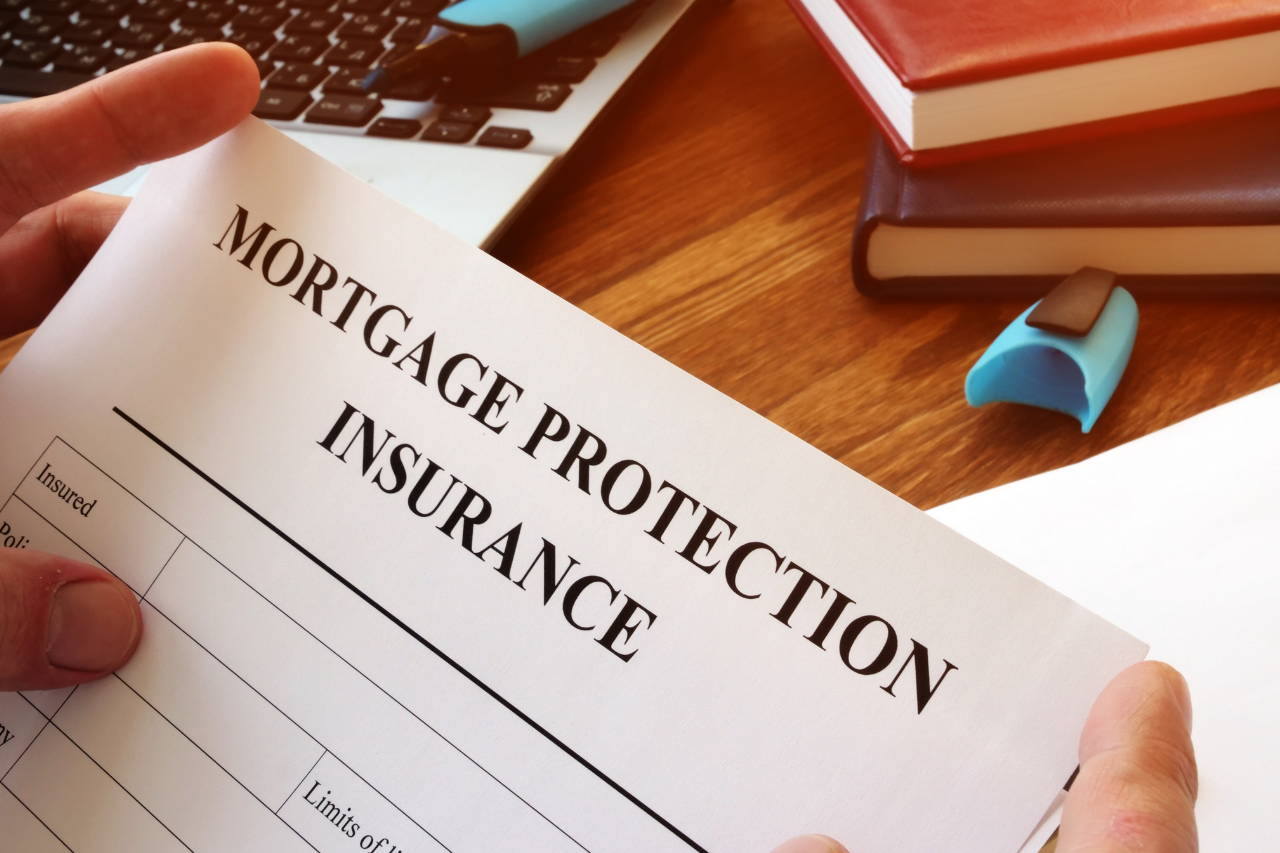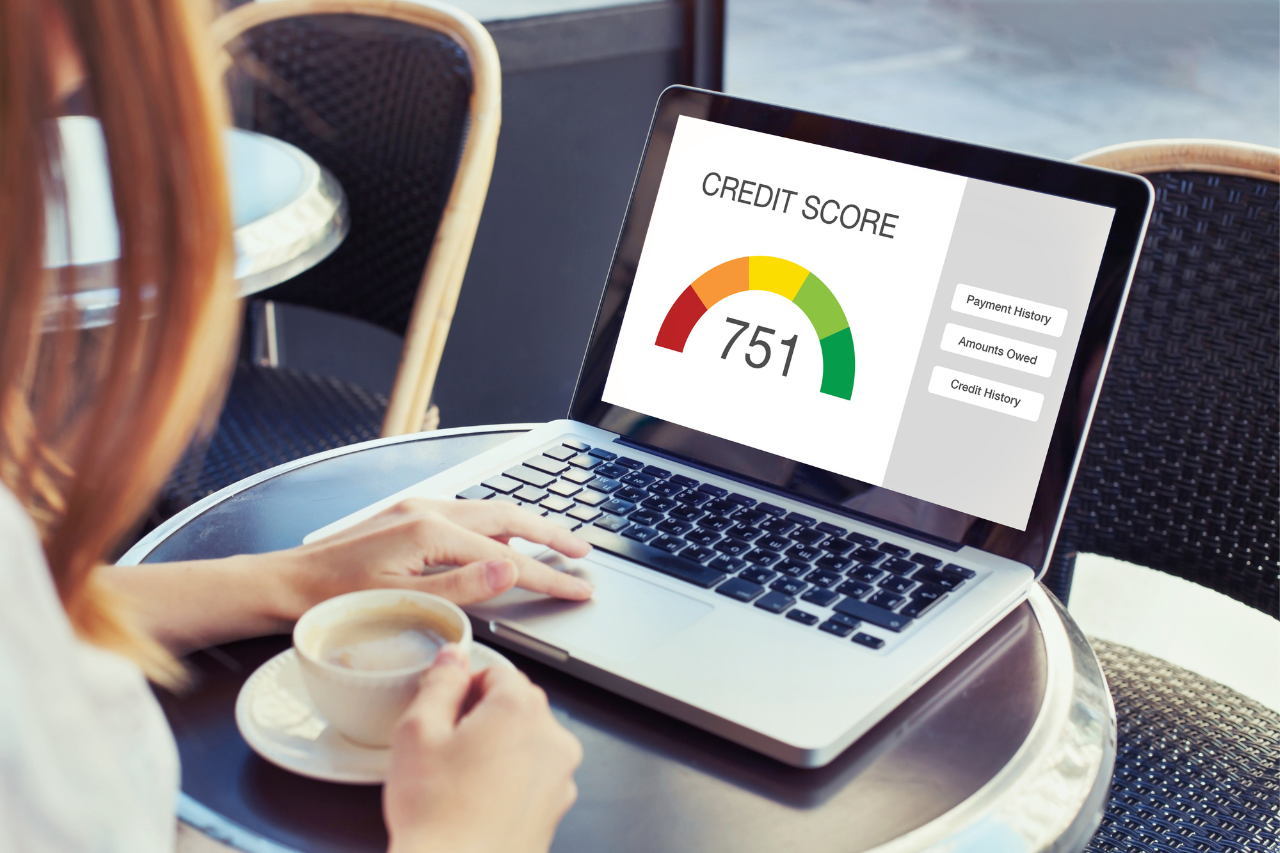
What Mortage Insurance: Mortgage Insurance Essentials

Share:
Traditionally the target for a home downpayment is 20% of the purchase price, but this isn’t available for most homebuyers. Mortgage insurance gives borrowers a chance to pay less than 20% down on a mortgage. Mortgage insurance will protect the lender when or if the loan has gone into default. If you don’t have 20% to put down on your home loan, the mortgage will need private insurance.
What is mortgage insurance?
Mortgage insurance is insurance that protects the lender in the event that you default on your mortgage. Mortgage insurance is required if you have a conventional loan and make a down payment of less than 20%. It is also required if you have a government-backed loan, such as an FHA loan. Mortgage insurance is paid for by the borrower and is usually required if you have a down payment of less than 20%. The premium is usually 0.85% of the loan amount annually.
What are the different types of mortgage insurance?
There are two main types of mortgage insurance: private mortgage insurance (PMI) and mortgage insurance premium (MIP).
PMI is insurance that protects the lender in the event that you default on your mortgage. PMI is usually required if you have a down payment of less than 20%. The premium is usually 0.85% of the loan amount annually.
MIP is insurance that protects the lender and the government in the event that you default on your mortgage. MIP is required if you have a government-backed loan, such as an FHA loan. The premium is usually 1.0% of the loan amount annually.
5 types of private mortgage insurance (PMI) exist:
1. Lender-paid mortgage insurance (LPMI)
LPMI is paid by the lender and is often rolled into the loan, which means that you won’t have a separate monthly bill for it. The price of LPMI varies, but it’s typically 0.5% to 1% of the loan amount annually.
2. borrower-paid mortgage insurance (BPMI)
With BPMI, you pay a monthly premium that’s added to your loan payment. Your lender collects this premium and holds it in an escrow account. Once you’ve reached 22% equity in your home (based on the original value of your property, not the current market value), you can request that your lender cancel BPMI.
3. single premium mortgage insurance
This is a one-time insurance premium that’s paid at closing. Single premium PMI is typically financed into the loan, which means you won’t have a separate monthly bill for it.
4. split premium mortgage insurance
With split premium insurance, you pay part of the premium upfront and part of it monthly. This type of policy is less common than the others.
5. mortgage insurance premium (MIP)
MIP is required if you take out a government-backed loan, such as an FHA loan. MIP is similar to private mortgage insurance — it’s insurance that protects the lender, not you — but there are some key differences. Unlike PMI, you can’t cancel MIP on conventional loans once you reach 20% equity. Also, MIP is paid monthly, regardless of how much you’ve paid down on your loan. The premium is usually 0.85% of the loan amount annually.
How long do you pay mortgage insurance?
It depends on the type of mortgage insurance you have. If you have lender-paid mortgage insurance (LPMI), you won’t have to pay for mortgage insurance at all. If you have borrower-paid mortgage insurance (BPMI), you will have to pay for mortgage insurance every month until you reach 22% equity in your home, at which point you can ask your lender to cancel the mortgage insurance.
If you have single-premium mortgage insurance, you will only have to pay the premium once at closing. If you have split premium mortgage insurance, you will have to pay part of the premium upfront and part of it monthly. If you have a government-backed loan with a mortgage insurance premium (MIP), you will have to pay MIP every month until you reach 20% equity in your home. After that, you can’t cancel MIP on conventional loans.
Do all lenders require PMI?
No, not all lenders require PMI. Some lenders will offer what’s called a “portfolio loan.” This type of loan is held by the lender and isn’t sold on the secondary market. Lenders can offer these loans without requiring PMI because they keep them in their portfolios. Another option is to get a piggyback loan. This is when you take out two loans — a first mortgage for 80% of the home’s value and a second mortgage for 20% of the home’s value. You won’t have to pay PMI with this type of loan because you’re putting down 20% right away. You will, however, have to pay interest on both loans.
How much is mortgage insurance?
The loan’s interest rates vary depending on the size of your house. The lower the credit score or the lesser the down payment, the higher the credit score, and the higher the insurance costs are. However, if your principal balance falls, your mortgage insurance rates will also fall. For monthly private-home loan coverage, monthly premiums on MGIC range from 0.17% to 1.86% and vary by ten percent for each $100,000 loan. Typically, these loans will cost you $35- $372 per month.
How much does PMI cost?
The median PMI premium rate varies 0.8 percent – 1.99 percent of the initial loan’s value. Freddie Mac estimates a borrower will spend between $30 and $100 in premiums a month based upon their $100,000 loan. How much you pay for PMI is determined by two factors. These examples assume a total value of 3329 and an interest rate of 3.26 %.
Is PMI tax-deductible?
Unfortunately, you cannot deduct PMI premiums on your taxes. However, there are other tax deductions you can take advantage of as a homeowner. For example, you can deduct the interest you pay on your mortgage and property taxes. You can also deduct energy-efficient improvements you make to your home, such as installing solar panels.
How does mortgage insurance work?
Mortgage insurance protects the lender in the event that you default on your mortgage. If you default, the lender will use the insurance to pay off the remaining balance of your loan. Mortgage insurance is usually required if you have a down payment of less than 20%. The premium is usually 0.85% of the loan amount annually.
What are the benefits of mortgage insurance?
Mortgage insurance protects the lender in the event that you default on your mortgage. Mortgage insurance is usually required if you have a down payment of less than 20%. The premium is usually 0.85% of the loan amount annually.
Mortgage insurance also allows you to buy a home with a smaller down payment. For example, if you have a down payment of 10%, you would only need to finance 90% of the purchase price. This can be helpful if you don’t have a lot of cash saved up for a down payment.
Lastly, mortgage insurance can help you get approved for a loan even if you have poor credit. This is because the insurance protects the lender from losses if you default on the loan.
What are the drawbacks of mortgage insurance?
The main drawback of mortgage insurance is that it adds to the cost of your monthly mortgage payment. Mortgage insurance typically costs 0.85% of the loan amount annually. For a $200,000 loan, this would add $170 to your annual mortgage payment.
Mortgage insurance also doesn’t cover the entire loan amount if you default. For example, if you have a loan balance of $200,000 and you default, the mortgage insurance will only cover $180,000. This means that the lender will still lose money even with mortgage insurance.
Lastly, if you cancel your mortgage insurance, you may have to pay a cancellation fee. For example, MGIC charges a 2% cancellation fee on loans with less than 20% equity. This means that if you cancel your mortgage insurance on a $200,000 loan with 10% equity, you would owe the lender $4,000.
What are FHA loans?
The Federal Housing Administration (FHA) is a government agency that provides insurance for lenders. This insurance protects the lender from losses if the borrower defaults on the loan. The FHA does not lend money to borrowers; instead, it provides protection for lenders.FHA loans are popular because they have lower credit score requirements than conventional loans.
What Department of Agriculture (USDA) loan?
USDA loans are loans that are guaranteed by the U.S. Department of Agriculture (USDA). These loans are available to rural and suburban homebuyers who have low- to moderate incomes. USDA loans are popular because they have zero down payment requirements and low-interest rates.
What is a conventional loan?
A conventional loan is a loan that is not guaranteed by the government. Conventional loans are available to all homebuyers, but they are not as popular as government-backed loans. This is because conventional loans typically require a higher credit score and down payment than government-backed loans.
What is a jumbo loan?
A jumbo loan is a loan that is larger than the conforming loan limit. Jumbo loans are available to homebuyers who are looking to purchase a high-priced home. These loans typically have higher interest rates and down payment requirements than conventional loans.
What is a reverse mortgage?
A reverse mortgage is a type of loan that allows homeowners to borrow against the equity in their home. Reverse mortgages are available to homeowners who are 62 years of age or older.
Reverse mortgages can be a helpful way for seniors to supplement their income. However, there are some risks associated with reverse mortgages. For example, if you default on the loan, you could lose your home.
Bottom Line
As you can see, there are both benefits and drawbacks to mortgage insurance. You will need to weigh these factors when deciding whether or not to purchase mortgage insurance. Ultimately, the decision depends on your personal financial situation.
If you’re not sure whether or not to purchase mortgage insurance, we recommend talking to a financial advisor. A financial advisor can help you assess your finances and make an informed decision.
Most Popular


What Does Travel Insurance Cover for Families? A Complete Guide






